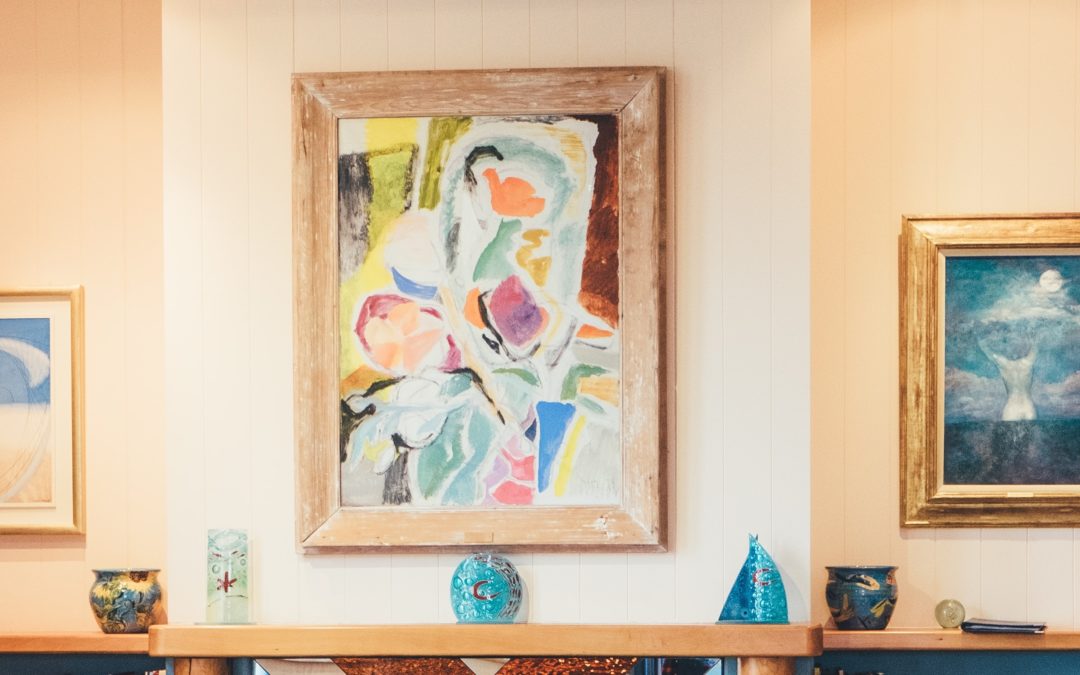Private collectors and cataloging: familiarity with digital tools
With regard to any technological innovation, doubt is always the immediate reaction of the first users and often also of the subsequent ones.
This is because a novelty disrupts the way we are used to do things. The resistance to change, the confort zone are the obstacles to overcome to achieve that result.
One of the many examples could be the relation between the private collector and the idea of managing his collection using any digital tool.
And we are not already talking about softwares and databases. Sometimes the first obstacle to overcome is precisely the use of a computer.
Undoubtedly many people today still rely on a manual collection of all the documentation related to their assets, a classic method but probably not so reliable and fruitful due to the high probability of loss or deterioration of documents over time.
An ever-increasing percentage of collectors is following the digital path, using the available means to start a more or less complete and detailed cataloging of their works.
Those who have not taken this path yet, certainly may have been blocked by a lack of familiarity with IT and technological tools, as well as by a certain form of suspicion and uncertainty: will it actually be useful to invest time to carefully catalog everything you have?
Although the answer should immediately be yes, perhaps the advantages are not always so obvious: having a complete database with the details on the artworks, which allows to link documents and certificates relating to them, perhaps accompanied by photos taken with care, helps the collector to have a clear idea of how much and what he owns, but also offers him the possibility of being able to communicate to third parties, for any reason, with ease and immediacy.
In this panorama, perhaps what SpeakART aims to offer was lacking: the availability of a tool that has an intuitive way to save in the same place everything concerning a collection, from the details that distinguish the identity of the individual pieces, to the certification of the artworks itself, in digital format.
This set of information is indissolubly linked with the digital fingerprint of the artwork, which creates a real digital identity card, useful for monitoring its conservation status over time, also after transports, exhibitions or movements.
The value of the artwork is safeguarded over time, information are safe and ordered, data are preserved. In addition to an economy in terms of time and management, all this produces a systematic control of the assets, an optimized and easy collection of information (both for a future management, and for the assets sale) and it leads to reserved, linear generational transfers, without any loss of value.

